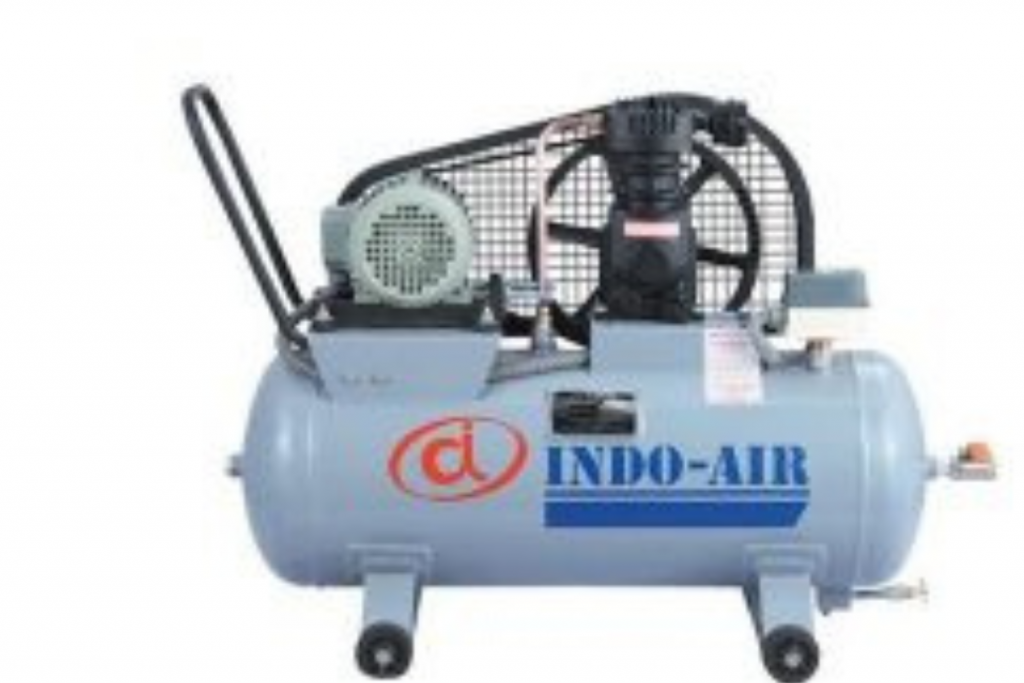An air compressor is a pneumatic tool that transforms power from an electric motor, diesel engine, or other engine into potential energy contained in compressed air. An air compressor raises the pressure in a storage tank by using one of many techniques to push more and more air into the container. The air compressor is designed by industrial air compressor manufacturers in such a way that it switches off when the pressure in the tank exceeds its designed upper limit. The tank then stores the compressed air until it isindustrial air compressor manufacturers required. Utilising the kinetic energy of the air when it is released and the tank depressurizes, the energy contained in the compressed air may be utilised for a number of uses.
Air compressor functioning
Air compressors may be used for a range of tasks, including nail gun operation and tyre inflation. Find out how to locate a compressor that can fulfil your tasks. The most popular versions for household usage are single-stage, piston-type air compressors, which are useful for a variety of tasks around the house or workshop.
A piston is propelled by either an electric motor or a gasoline engine. The piston compresses the air and propels it into a storage tank. The air pressure increases as the piston pushes in more air. The compressor shuts off when the pressure reaches a certain point. The compressor restarts when you utilize the compressed air to operate a tool in order to restore the air pressure.
Need of Oil in Air compressors
Continuous oil lubrication is necessary for air compressors to reduce friction on the pistons, screws, and other moving elements. It’s crucial to know how much oil your air compressor needs and to routinely check your oil level in order to ensure that it’s operating well. You should consult your air compressor’s handbook for instructions on testing and adding oil before making any additions. For your particular kind of compressor, the handbook will specify just how much oil you need to put to the sump. You should be able to find the oil sight glass on your compressor after reading the handbook.
It can be located on the sump tank in a rotary screw compressor or on the base of the pump in reciprocating type compressors. You’ll see a dot in the sight glass’s center. The oil level should ideally be in the middle of the dot. Your unit requires extra oil if the oil level is below the dot. If the oil level is higher than the dot, too much oil has been applied.
Is over-oiling bad for your Air compressor?
Usually, when we consider adding or changing oil, we consider the oil in cars. Because oil is often supplied close to the top, there is a widespread belief that air compressors use the same procedure. However, completely overflowing the oil sump in your compressor might seriously harm the inside of the machine. In addition to harming your compressor, too much oil that is discharged by the compressor can also harm any pneumatic tools and accessories that are connected to your compressor. Additionally, oily discharge might utterly destroy your finished product, necessitating the complete abandonment of some undertakings. Oil getting into the airstream would destroy any spray painting, sanding, or finishing operations.
Make sure your air compressor is constantly working at the optimum oil level to keep it performing as effectively as possible. By doing routine maintenance, you’ll significantly lower the possibility that oil in your compressor’s airstream can interfere with projects and cause them to fail.

